At the graveside they still talk about judgement, intelligence, and the wisdom that is the practice of medicine. Deans and healthcare leaders wax poetic as they tell stories of great cures to lift in memoriam remarkable healers. Yet, though we bow to Hippocrates, Osler and Salk, the time has come to mark a revolution in human history: The art of medicine is dead.
It is not that doctors have fallen from the one true path. It is not that they have lost focus or forgotten important theory. It is not that physicians heal without altruism, passion, or perfection. It is more basic. Art is to medicine as blacksmiths are to airplanes, flat earth is to astronomy, or prayer to the atheist. It is an idea relegated to the past. The doctor, as artist, lies in the grave.
This “art” of medicine is not communication, empathy, or drive. Rather, the art of medicine is how, for millennia, doctors have made decisions in complex situations when there was risk to the patient, with a significant element of the unknown: A life or death “educated guess.” The unknown may be insufficient knowledge about the disease, an incomplete understanding of a patient’s health, lack of foresight of potential complications or an absence of definitive knowledge of the correct, best treatment. It has often been all of the above. The “art of medicine” has been about judgement, experience and action, when the “right way” was not clear.
We have long depended on the artists of medicine to make decisions which affect human lives, without really knowing what is happening or what that intervention would do. We have been without an understanding of biochemistry, physiology or pathology, had few active therapies, and had little ability to predict an individual’s future. There were no tests beyond those caught with the eye and the touch of a hand, and very little “objective” data. There was art because there was no optimal path, no “indicated” treatment. Just the need to make a decision. To act. To care.
Which is now dead. We can no longer say we do not understand pathophysiology and do not have revolutionary ways with which to measure it. We are not without a broad range of treatment answers for most medical conditions. Research tells us what the probable benefits and side effects will be. We are no longer in caves painting pictures on the wall, or serve in massive putrid wards without a basic concept of what is happening in front of us. For almost all health decisions, there is now a right and a wrong, an optimal, a most probable action. The practice of medicine will never again be based on a clinician’s experience, observation or gut. It will be based on hard-fought scientific reality.
Shoveling dirt on the casket is that most solemn of pallbearers … the clinical pathway or guideline. No feeling. No passion. No caring. Just metrics, research and statistics. Physicians once trained to make decisions on their own, to be responsible not only for patient care, but for interpreting primitive science, conflicting superstition and their instinctual observations of medical events, now feel cast aside. Indeed, if all has been decided, if all paths are clear, one might ask: Is the medical profession at its end?
This is an absurd question which fails to understand the nature of what is means to be a modern doctor. It is like asking if we need carpenters, because we have power saws, cooks, because we have microwaves or orators, because we have microphones. Yes, having clear pathways and data massively changes medicine. Nonetheless, in not the slightest degree does it decrease the vitality or need for the medical profession. Quite the opposite, it makes us much better at our job.
We are called to heal. With clear answers and understanding we can connect and empower each patient, giving them a place to turn when they are sick and frightened. We can collect and process extremely complex information which makes possible medical analysis and we can make diagnoses more accurate than ever. This becomes better treatment and, in our most critical skill, we can teach, direct and apply healing. Revolutionary cures give doctors the ability to confidently enable each patient to journey toward health. Knowing that there is an optimal way, a more perfect result, does not in some bizarre way make doctors obsolete. Rather we are reaching toward the pinnacle of our profession.
The doctor of today and tomorrow is the ultimate compassionate healer. We convey our patients through and beyond illness. We guide our patients back to lives of meaning. We have so much opportunity, such a burden of possibility to be personal practitioners, to guide each patient so they may return to life. It is a rebirth of medicine, moving beyond primitive confusion, suffering and loss, to empowerment, strength and real hope. The art of medicine is dead. Long live the art of medicine.
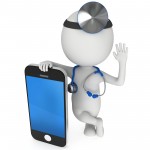
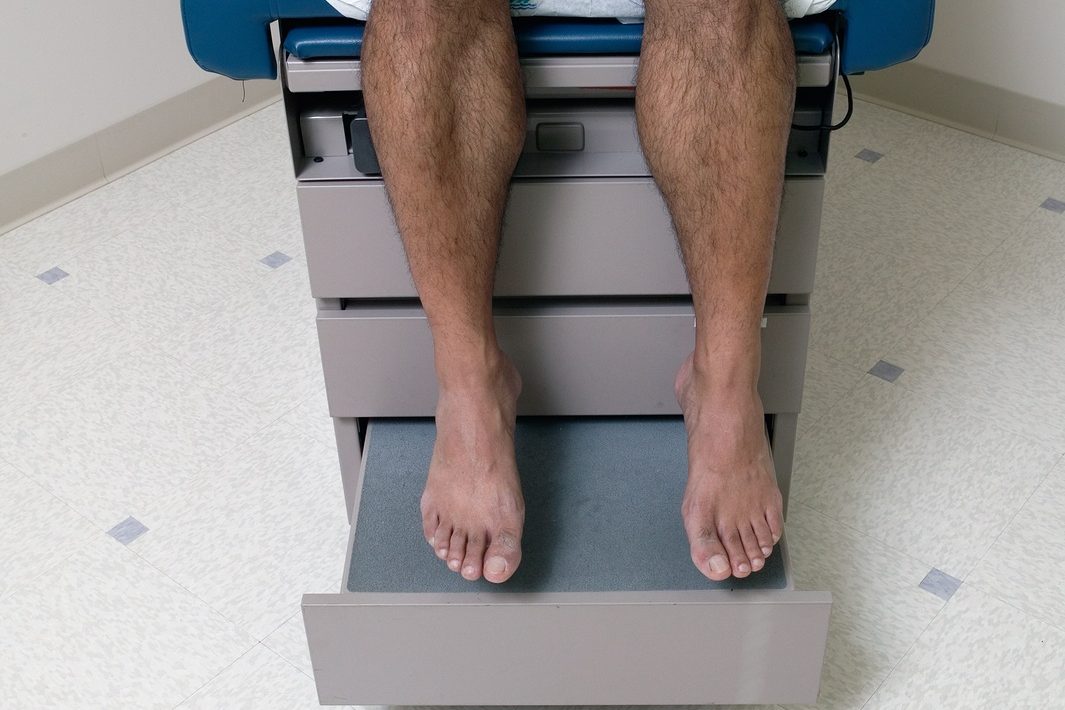
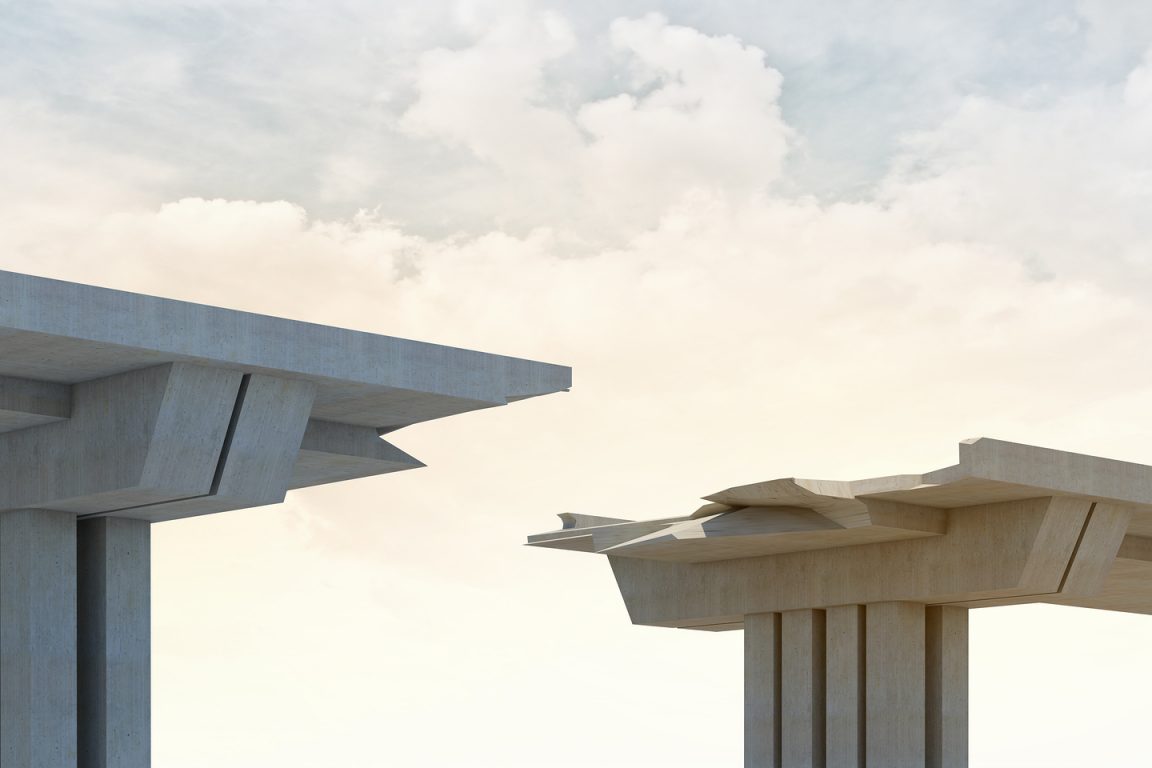
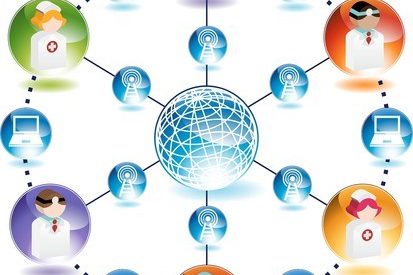
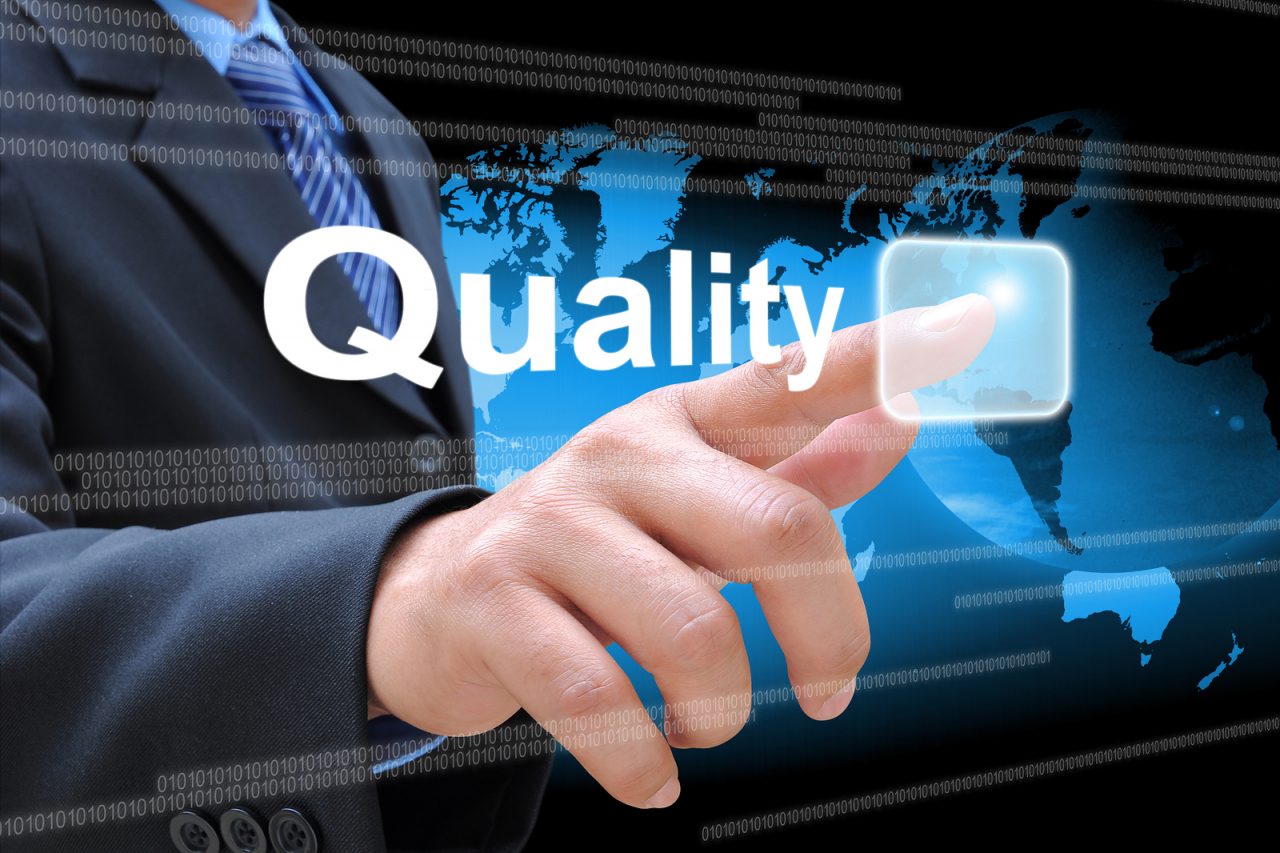
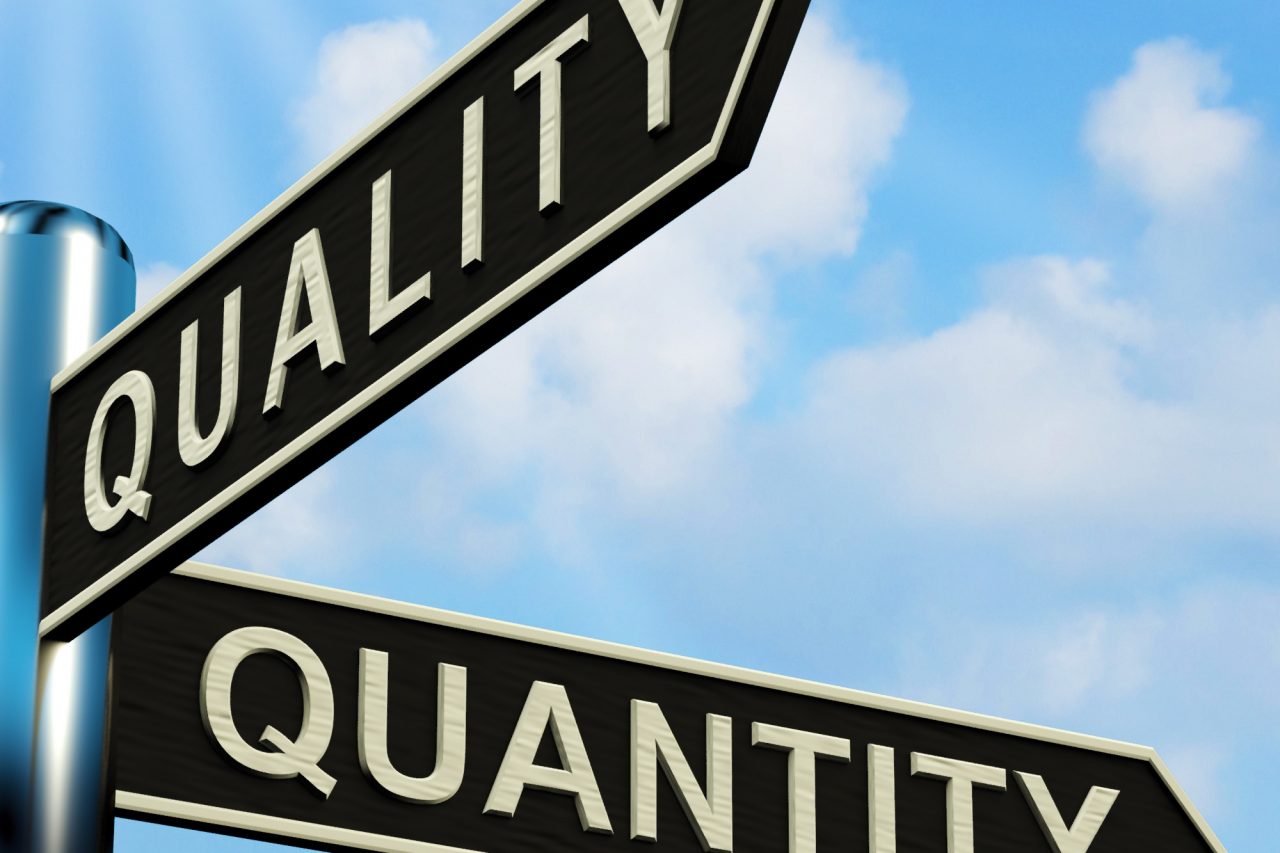
1 Comment